Scientists have confirmed a significant reversal in the movement of Earth’s core, observing that it has slowed to the point of moving backward.
This surprising phenomenon marks a crucial development in geophysical research, providing new insights into the dynamic processes at Earth’s center.
Historical Discovery and Ongoing Research

The solid inner core of the Earth, discovered by Danish seismologist Inge Lehmann in 1936, rotates independently from our planet.
Its behavior has been the subject of scientific scrutiny and debate for decades, leading to various theories about its speed and direction of rotation.
Techniques in Studying the Earth’s Core

Studying the Earth’s core relies on indirect methods due to its inaccessibility. Seismologists use seismic waves from large earthquakes to probe its movement.
By examining how these waves differ when passing through the core at different times, researchers can deduce changes in its position and spin.
Visual Evidence from Space
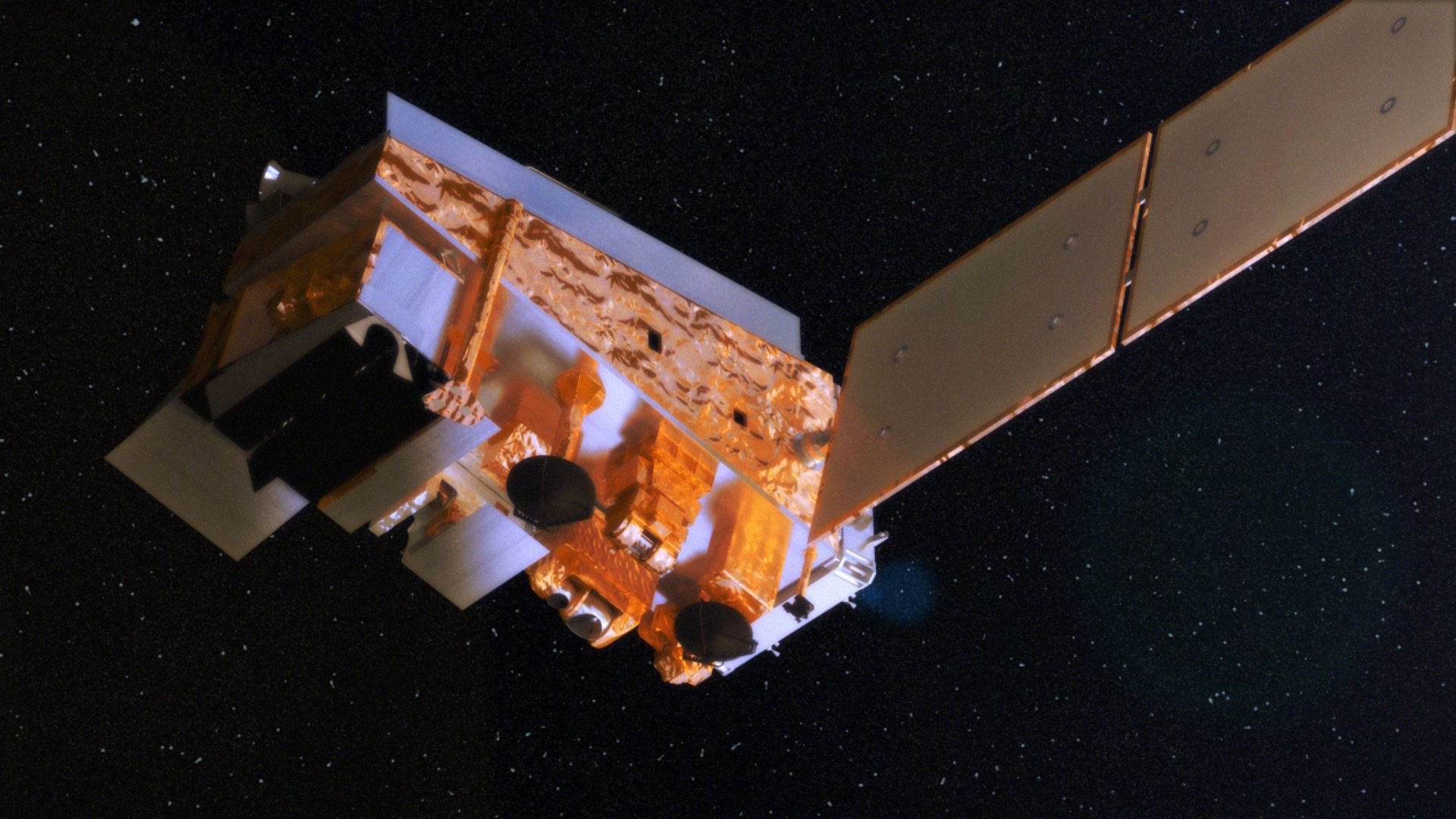
The Visible/Infrared Imager Radiometer Suite (VIIRS) on the Suomi NPP satellite provides crucial data about Earth.
This data includes aspects that indirectly inform studies of the core’s dynamics through the monitoring of geophysical phenomena from space.
Why Is The Inner Core Slowing Down?
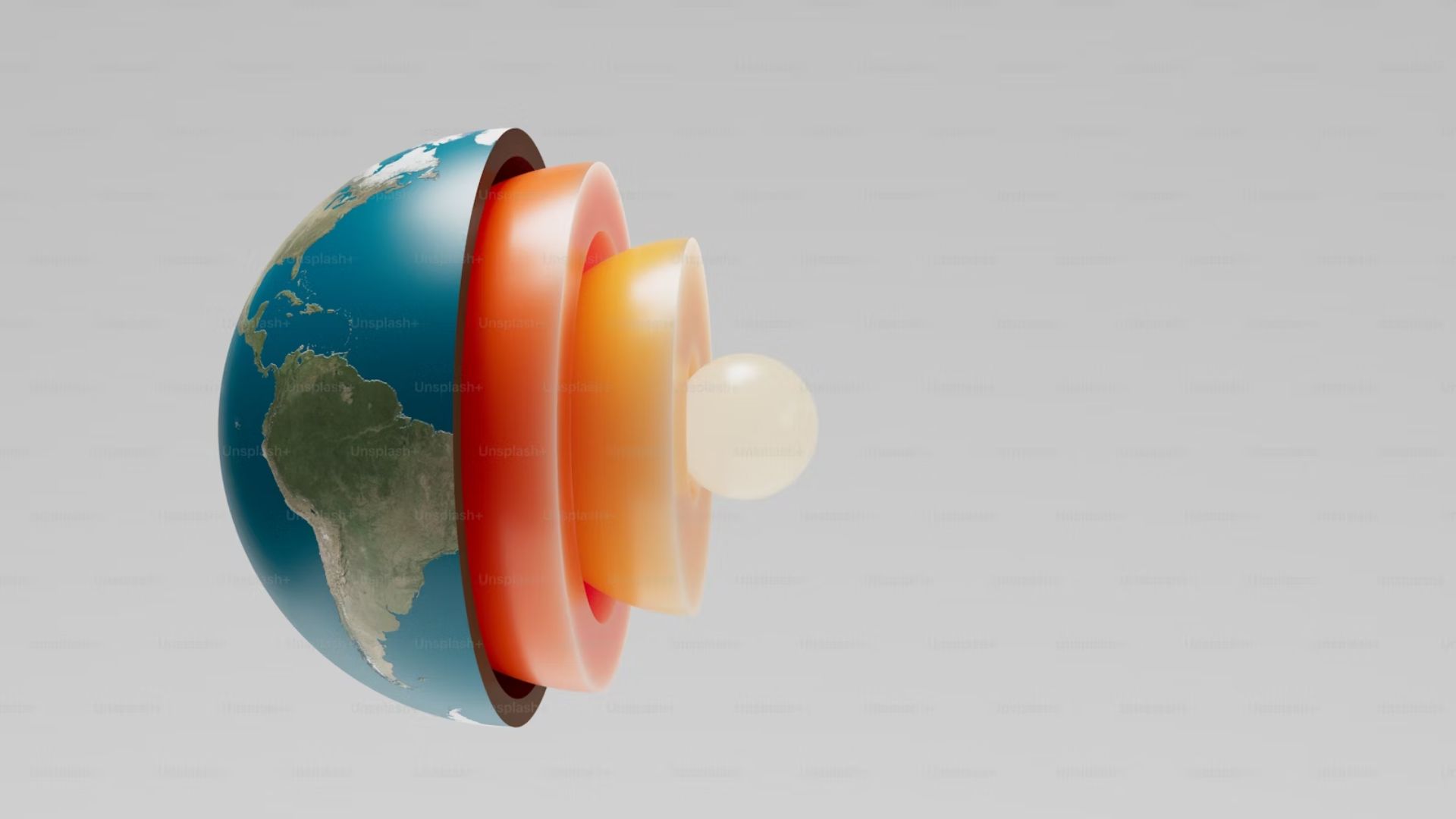
The Earth’s core is a hot ball of iron and nickel that sits about 3,200 miles below the earth’s surface.
USC’s study shows that the core’s is slowing because of convection within the liquid outer core, which drives the Earth’s magnetic field and the pull of gravitational forces from the mantle. Researchers came to this conclusion by analysing 121 recurring earthquakes in the South Sandwich Islands between 1991 and 2023 alongside nuclear tests.
The Concept of Differential Core Rotation

The concept of differential rotation of Earth’s inner core was first proposed during the 1970s and 1980s.
However, it wasn’t until the 1990s that this theory was substantiated with seismological evidence, according to Dr. Lauren Waszek, a senior lecturer of physical sciences at James Cook University in Australia.
Challenges in Interpreting Core Data
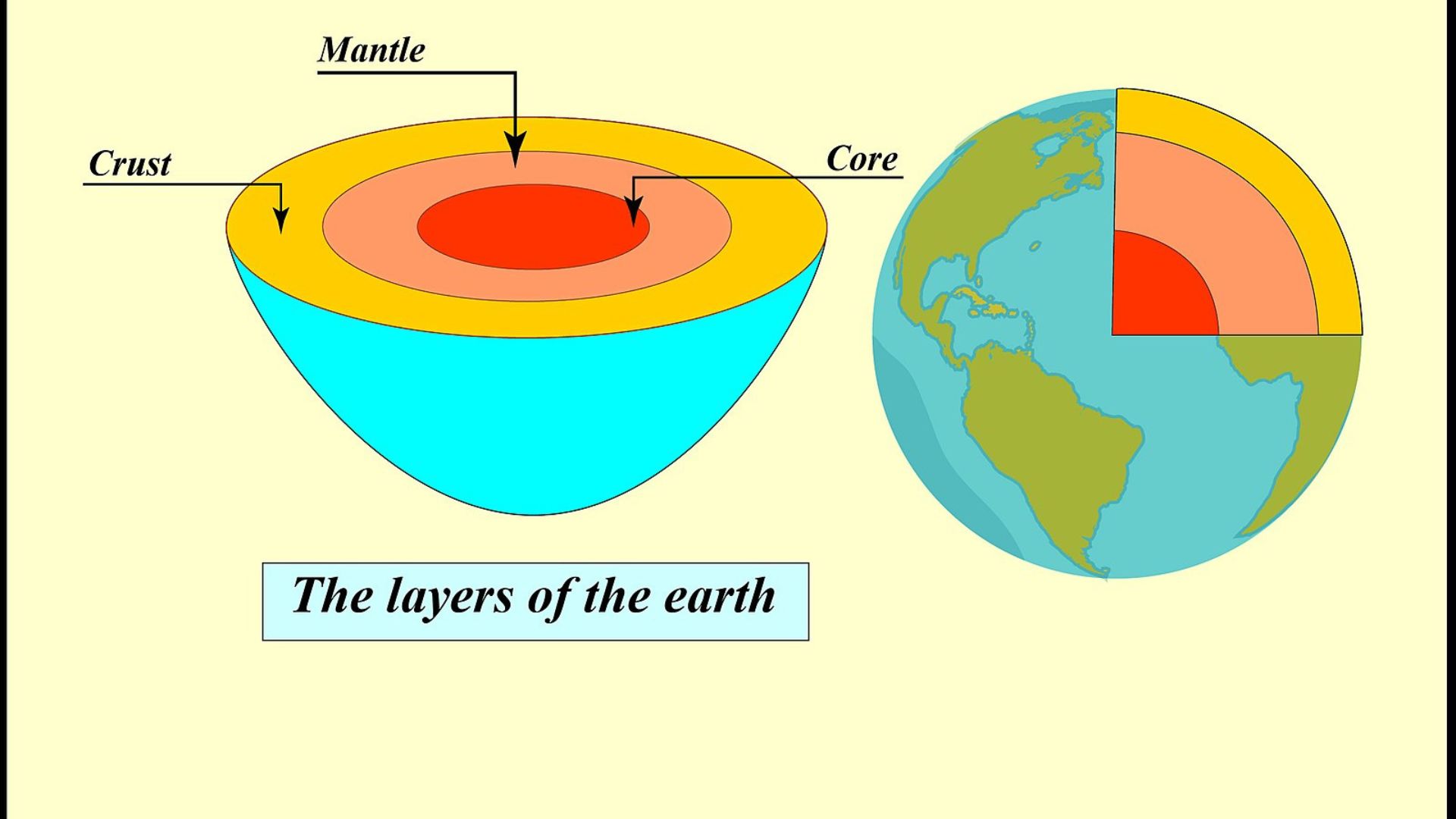
Interpreting data about the core’s movement presents significant challenges due to its remote location and the limited data available.
Dr. Lauren Waszek noted, “Studies which followed over the next years and decades disagree on the rate of rotation, and also its direction with respect to the mantle.”
Recent Findings and Historical Patterns
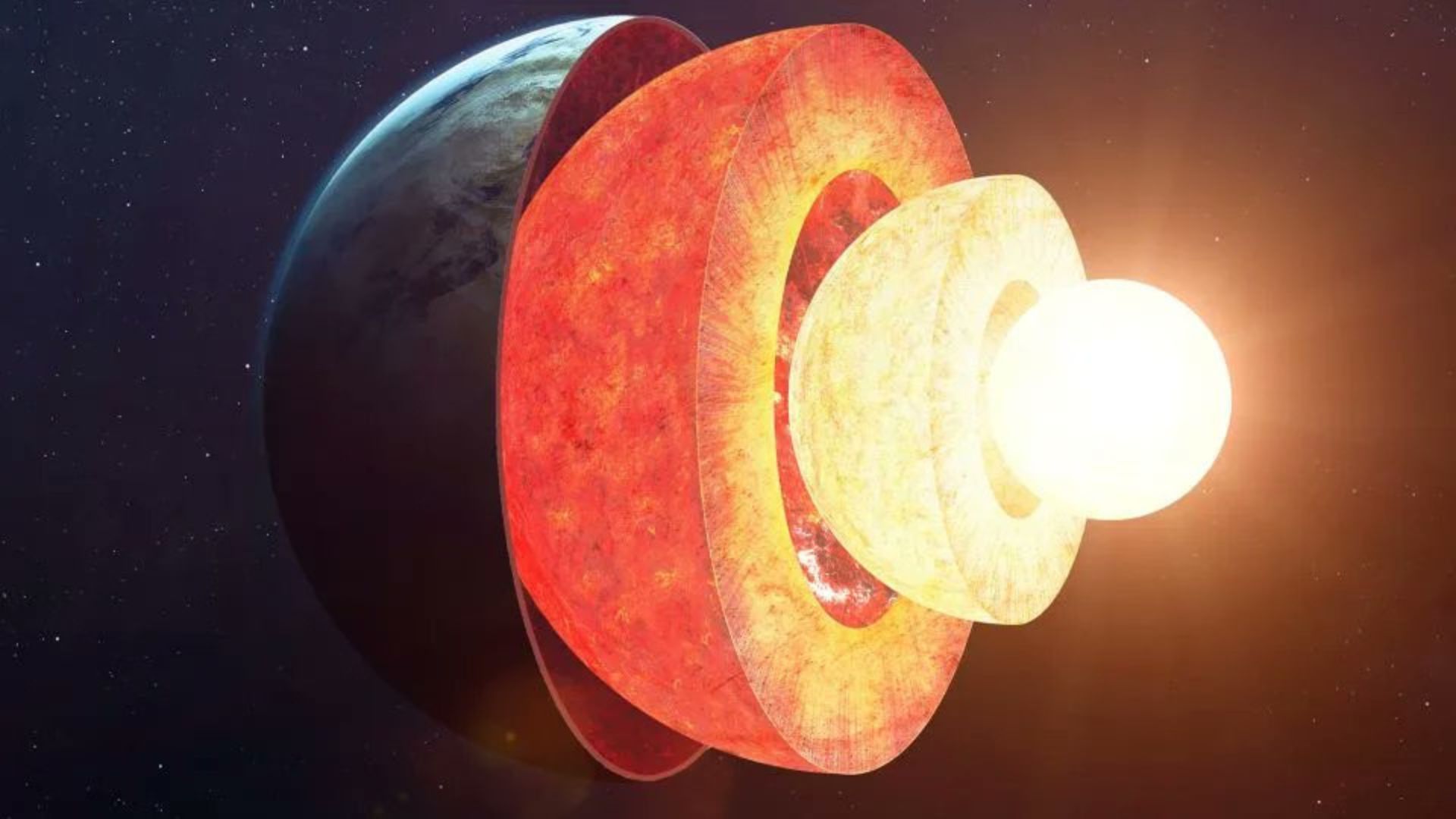
Recent research supports a model where the core previously spun faster than the Earth itself but has since slowed, aligning with Earth’s spin before slowing further to a backward motion.
This model suggests a cyclical pattern in core dynamics spanning decades.
The Role of Earth’s Magnetic Field
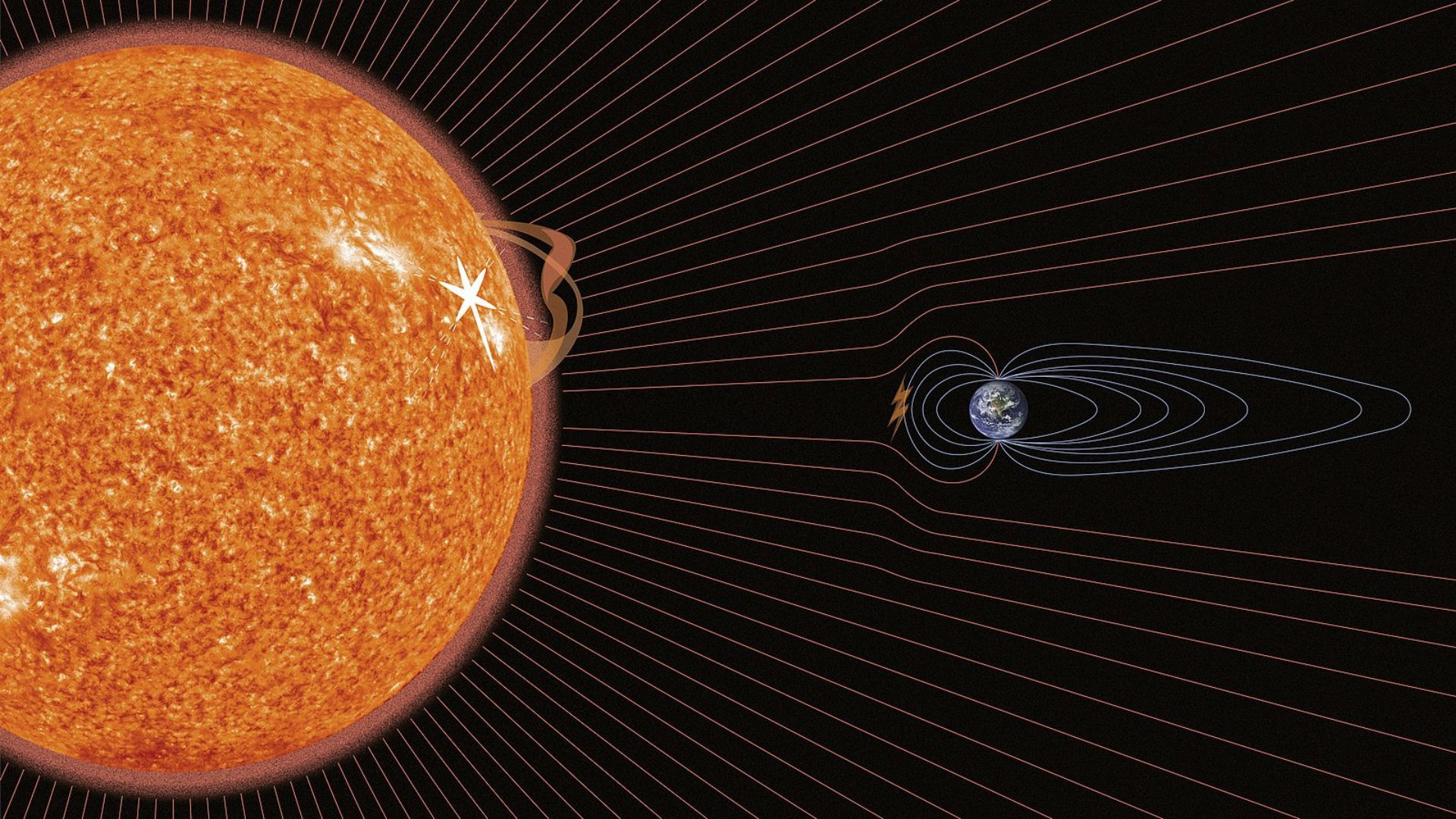
The inner core, composed primarily of iron and nickel and as hot as the sun’s surface, interacts with Earth’s magnetic field.
This interaction is crucial as the core’s movement influences the magnetic field, which in turn offers protection against solar radiation.
Seismic Wave Analysis

Innovative studies using seismic waves from consistent locations over time have revealed patterns in core movement.
“When the core turns, that affects the arrival time of the wave,” explained Dr. John Vidale, highlighting how these findings help confirm the core’s rotation cycle.
The Challenges Of Seismology
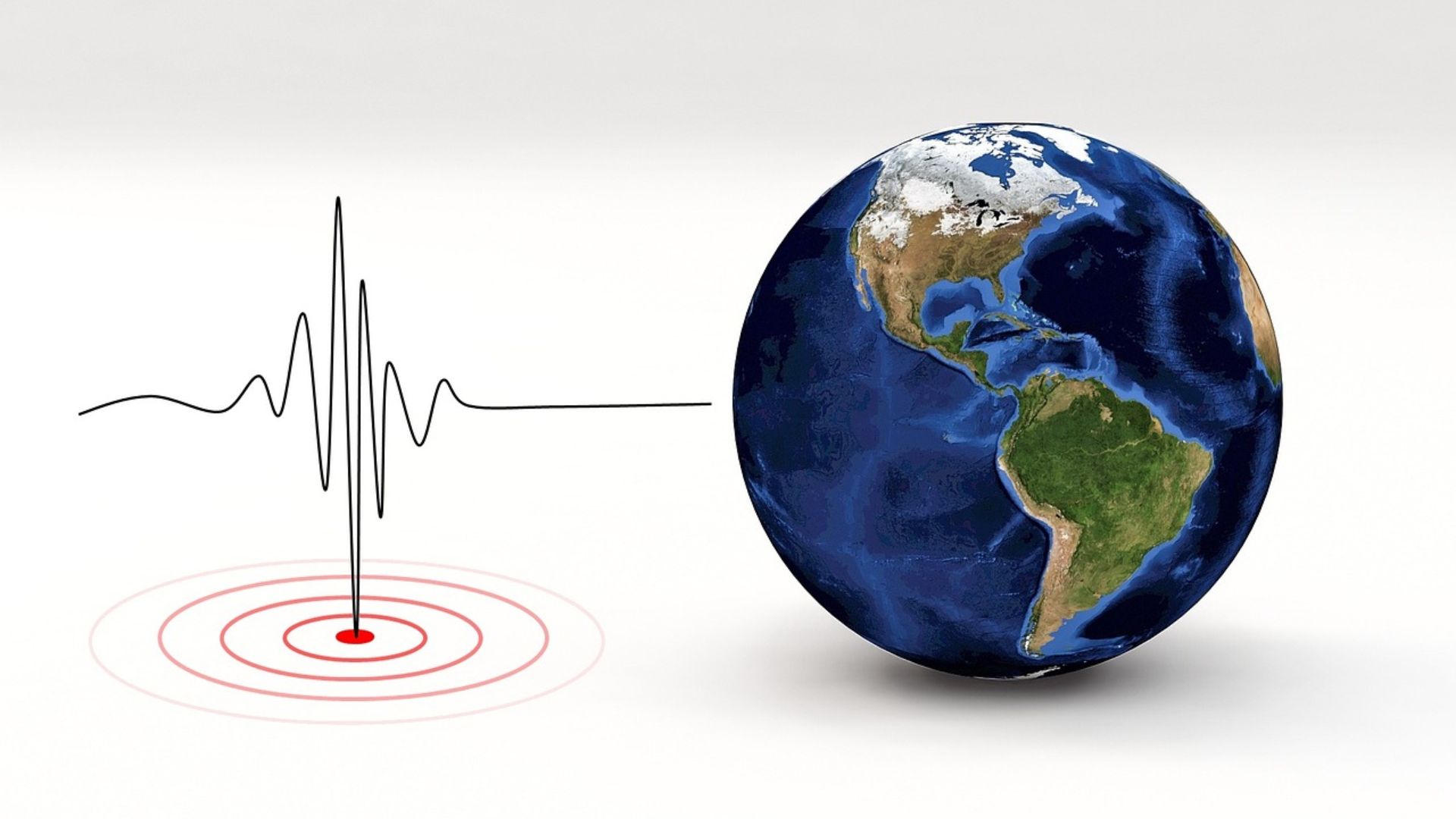
Seismology is inherently a difficult discipline in the natural sciences as you cannot see what you are studying.
Hrvoje Tkalcic, a geophysicist at the Australian Nation University, told CNN: “The objects of our studies are buried thousands of kilometers beneath our feet. We use geophysical inference methods to infer the Earth’s internal properties, and caution must be exercised until multi-disciplinary findings confirm our hypotheses and conceptual frameworks.”
This Discovery Follows Years Of Debate

While the USC study had not definitively confirmed everything there is to understand about the core, it certainly has put a years-long debate to rest.
Waszek told CNN Science that studies that followed the seismological data from 90s, many researchers “disagreed on the rate of rotation, and also its direction with respect to the mantle.” Some analyses even proposed that the core did not rotate at all.
Understanding the Core’s Rotation Cycle

The research indicates that the core’s rotation follows a 70-year cycle, involving periods of speeding up and slowing down.
This cyclical behavior is crucial for understanding the temporal dynamics of Earth’s deepest layers.
The Cycle Of The Core Was Debated For Years

It was Dr. Vidale’s USC study that established that the rotational speed of the Earth’s inner core follows a 70-year cycle. However, this was heavily debated for decades before the study confirmed it.
“We’ve been arguing about this for 20 years, and I think this nails it,” Vidale said, “I think we’ve ended the debate on whether the inner core moves, and what’s been its pattern for the last couple of decades.”
Implications of Core Activity
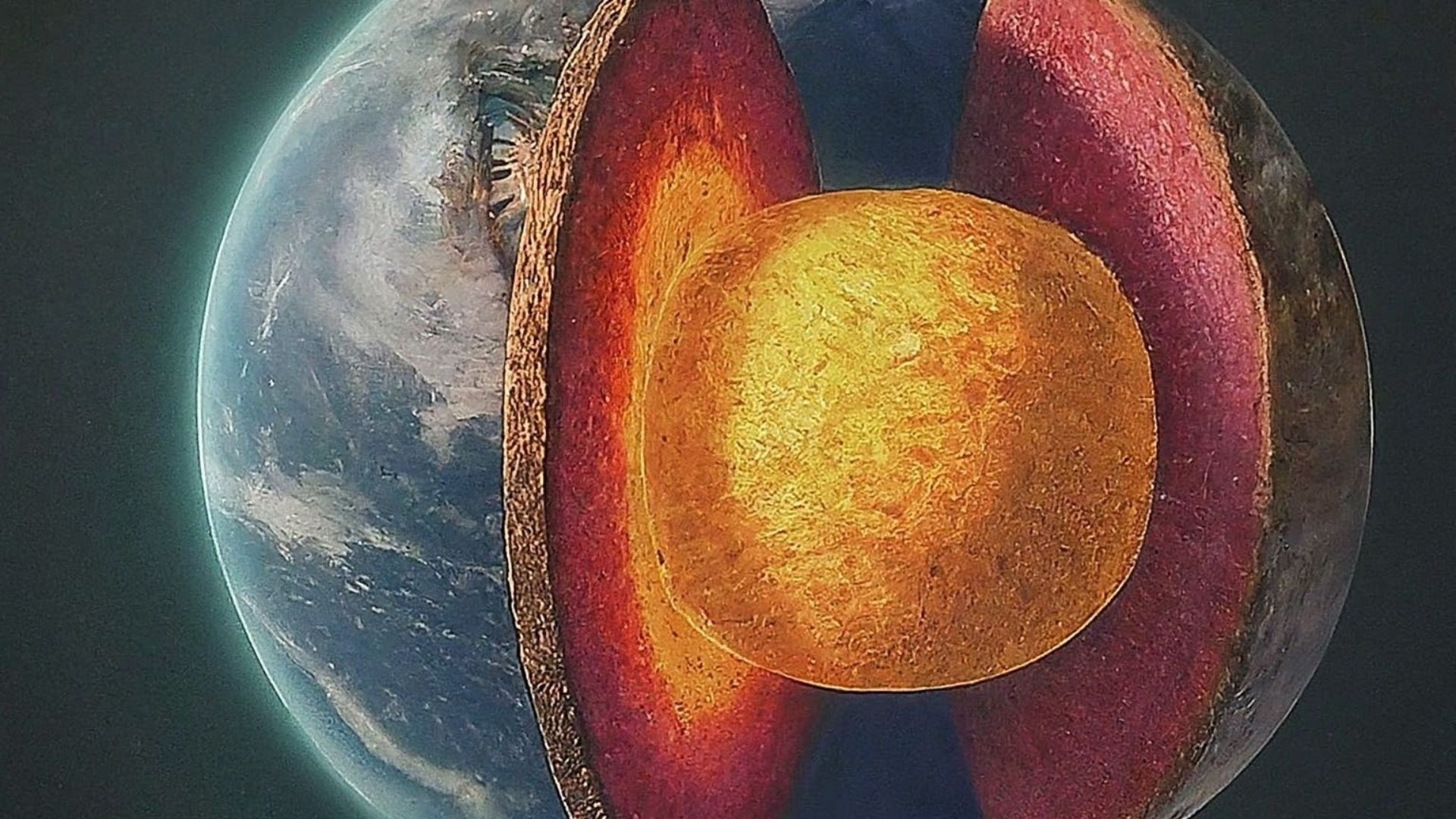
Although changes in the core’s spin are subtle, they have a measurable impact on Earth’s rotation and consequently the length of a day.
However, these changes amount to only milliseconds, often imperceptible in daily life but significant over geological time scales.
Why Does The Core’s Rotational Speed Change?

The reason for the inner core’s 70-year cycle of rotation is because of the delicate interplay between the Earth’s magnetic field, gravitational forces, the flow of fluid from the outer core, and the role the mantle plays in the core’s speed.
These factors all contribute to creating a push-and-pull force on the inner core, which is the reason behind the core’s positioning and rotation speed at any point in its rotational cycle.
The Nature Of The Core’s Rotation Is Not Fully Known
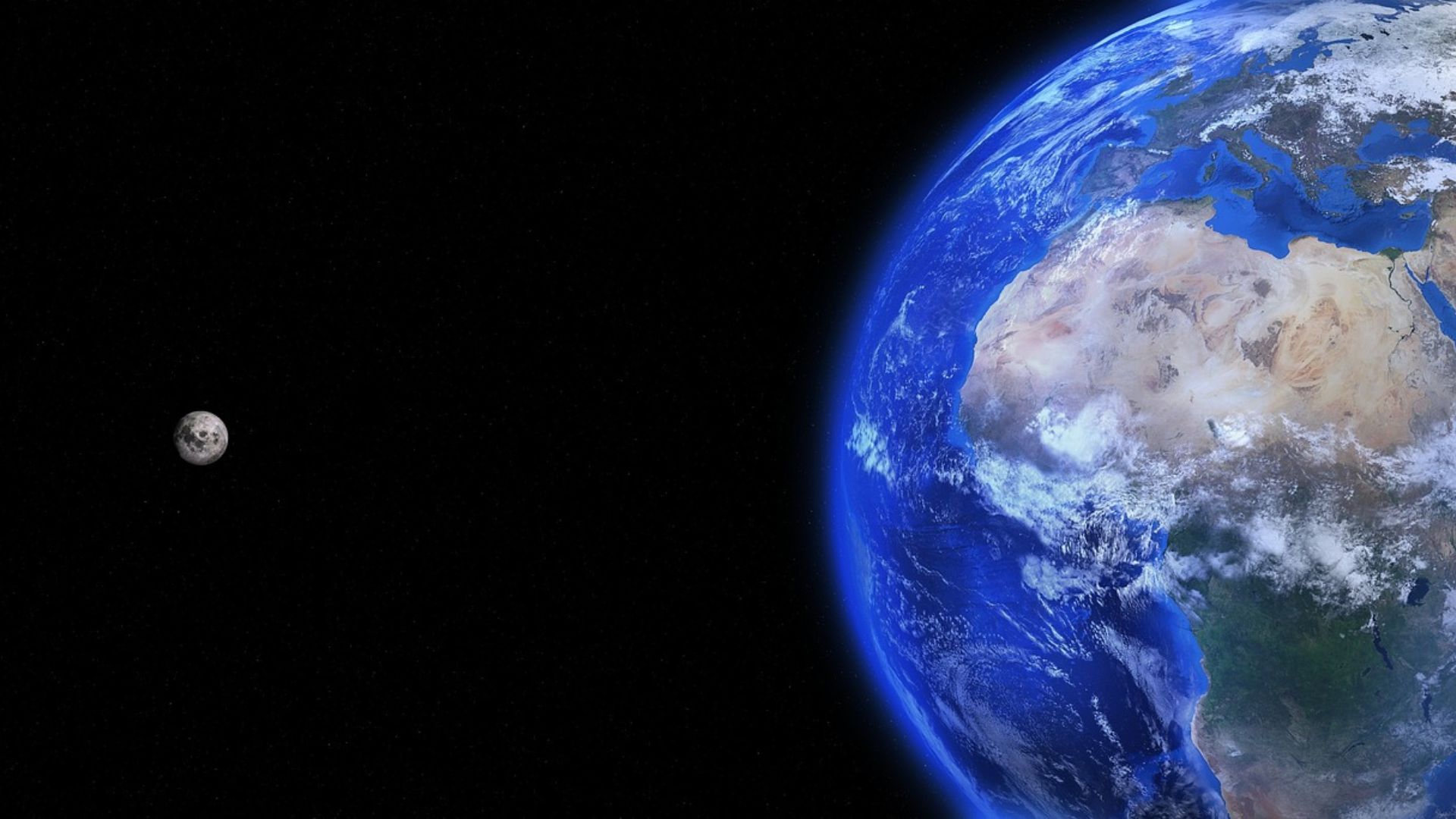
At this point, we only seem to understand that the inner core is backtracking without a picture of how else the core behaves.
It remains unclear how frequently the inner core backtracks. It may be in an ebb and flow of constant accelerating and decelerating but these changes are likely to happen over decades or even longer. Longer datasets are necessary to know more about long-term trends.
This Was Not An Easy Conclusion To Understand

The research team behind the USC study did not automatically assume that the Earth’s core was slowing down and backtracking over the last 14 years. In fact, it baffled seismologists at first.
“When I first saw the seismograms that hinted at this change, I was stumped,” said John Vidale, USC seismologist. “But when we found two dozen more observations signalling the same pattern, the result was inescapable.”
There Is More To The Core Than Meets The Seismograms

While the ways in which the discoveries around the Earth’s core will be mostly imperceptible to us (or at the very least, temporary), we are realizing how much more is left to learn about the Earth’s core.
“The more we look at it, the more we realize it’s not one boring blob of iron,” said Jessica Irving, a seismologist at the University of Bristol. “We’re finding a whole new hidden world.”
Future Research Directions

The continued study of the inner core is vital for understanding Earth’s geophysical behavior.
Dr. Lauren Waszek emphasized the need for more data and improved interdisciplinary tools to explore these deep Earth processes further, indicating that the debate over core dynamics is far from settled.
There Is Probably Nothing To Worry About

While we cannot see the inner core, let alone any changes in its rotation, our kneejerk reaction might be to worry about the implications this new knowledge will have on our everyday lives.
Other than imperceptibly lengthening or shortening our days by a matter of milliseconds. Vidale said: “In terms of that effect in a person’s lifetime? I can’t imagine it means much.” Only geologists need to keep an eye on it.
We Are Discovering New Things About The Earth’s Inner Core

The speed and direction of the Earth’s core’s rotation is not the only groundbreaking discovery about the inaccessible yet fascinating layer of the planet.
Scientists believed the Earth’s core to be a solid ball of iron alloy until September last year, when the journal Physics of the Earth and Planetary Interiors suggested that the firmness of the core varies from hard to semisoft to liquid metal.
New Technologies Are Allowing Us To Discover More Quicker

New technology such as that used by USC allows researchers to make more discoveries about the most inaccessible part of the Earth in a shorter amount of time.
Other recent discoveries about the Earth’s core include that it is slightly lopsided, its texture changes from hard to soft, that it can wobble off the Earth’s axis, and it has a separate innermost core.
There Is Still More To Learn About The Inner Core
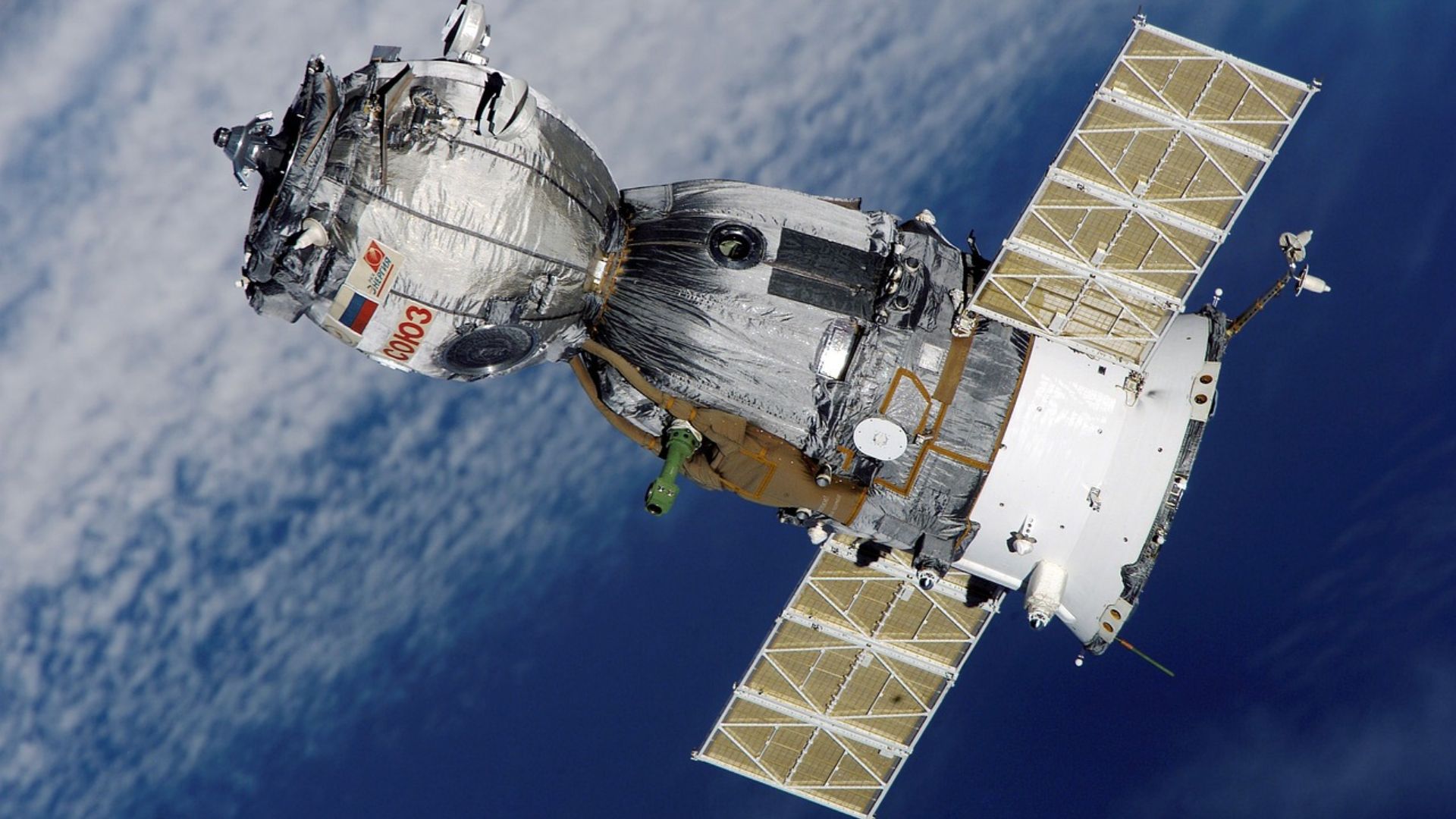
While debates about the inner core’s behavior are far from over, this study has confirmed one major pattern in the Earth’s core’s rotation.
Vidale said that the USC study “nails” this question after 20 years of uncertainty and varying theories. Now, new debates are on the table about how to best harness information about the core using satellites, and find out more about it.
